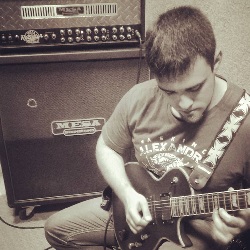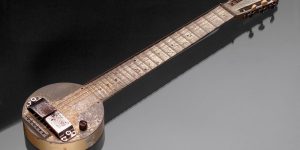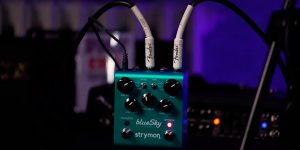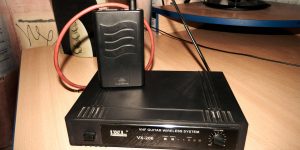Phaser appeared in the ‘60s, and since then, it has firmly been established as one of the most popular guitar effects.
It was actively used by Hendrix and Van Halen and now is referred to as a simple pedal capable of transforming your sounds beyond recognition.
Basics
A specific phase sound appears when 2 identical sounds (dry input signal and multi-peak signal) are mixed together. Phasers often utilize several all-pass filters placed in a row, which results in the appearance of different “stages”. This way, you can produce more complex overtones. It happens that the output is partially directed to the input, so the generated feedback acquires a new dimension.
Position
Similar to other modulation effects, a phaser is usually located towards the back end of the pedal chain. The only effects that come before are reverb and delay. This way, a phaser impacts every element of a chain, including distortion, EQ, etc. If you feel like producing unique sounds, you can alter the sequence of effects stepping aside from a traditional layout. Some musicians like to place modulation pedals in the effects look of an amplifier, if there is any. Thus, the effect is applied only to the cleanest version of the signal. However, this is a matter of taste.
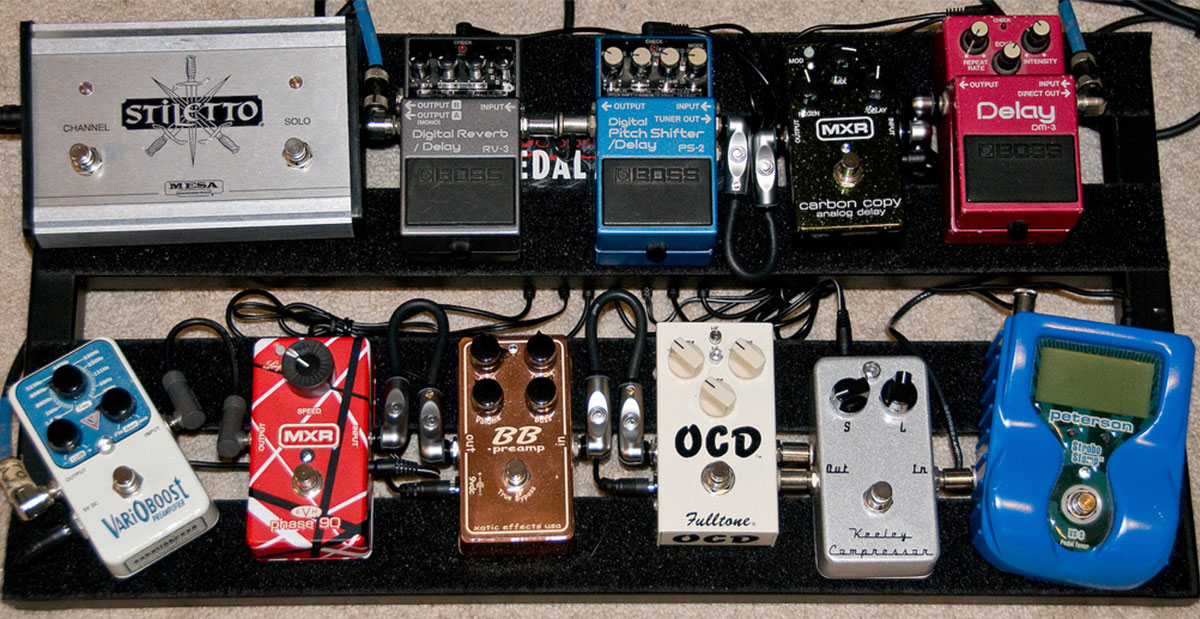
A digital phaser pedal usually has 4, 8, 10, and 12 stages, which allows experimenting with phased sounds. An analog phaser has fewer stages, so the variety of produced effects is limited. Despite this shortcoming, many professional guitarists opt for an analog phaser because of the warm and lifelike sound it produces. No matter what variant you choose, pay attention to the phase speed, as this parameter shows how fast a wave rises and falls. Another important factor is the depth feature, which defines the intensity of the phased waves.
We are supported by our audience. When you purchase through links on our site, we may earn an affiliate commission at no extra cost to you.
Our newsletter
* We will never send you spam or share your email with third parties
